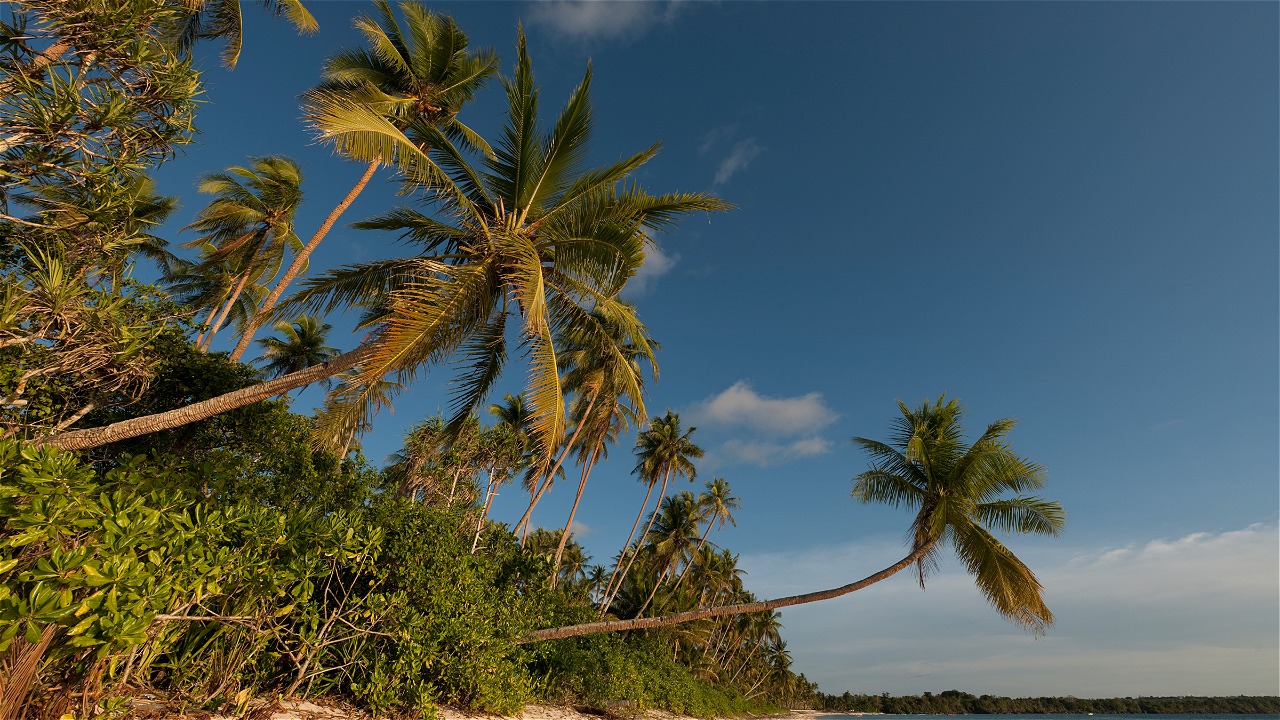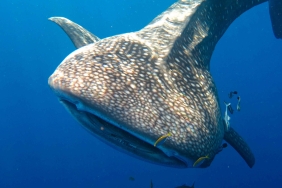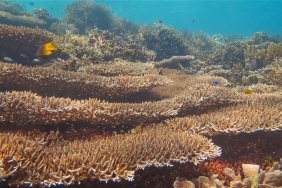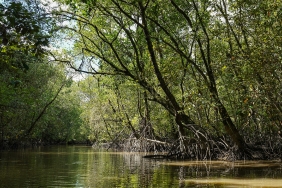HEADING TO XPDC KEI 2018
By: Siti Yasmina Enita
Kei or Kai is the name of an archipelago in Eastern Indonesia, precisely in Maluku Tengggara Regency, Maluku Province. The Kei Islands itself consists of several islands such as Kei Besar, Kei Kecil, Tanimbar Kei, Kei Dulah and others. In 2016, the Kei Kecil area of 150,000 ha was designated as the Coastal and Small Island Conservation Area (KKP3K) of Kei Kecil Island, Islands and Surrounding Waters through the Decree of the Minister of Maritime Affairs and Fisheries of the Republic of Indonesia Number 6/KEPMEN-KP/2016.
The uniqueness of Kei Kecil Island is that there is the phenomenon of 'Meti Kei', which is the lowest tide that occurs for 2 months (October-November) per year. The island's marine ecosystem is also crucial for the fisheries sector and some exotic marine animals such as turtles, mantas and dugongs. In addition, the island is known as a feeding ground especially for leatherback turtles (Dermochelys coriacea), as well as a key migration route for several whale species.
WWF-Indonesia team in collaboration with Reef Check Indonesia conducted XPDC Kei Kecil on September 28 - October 10, 2015 to collect baseline data. The expedition team conducted ecological observations at 37 points spread both inside and outside the KKP3K Kei Kecil Island, Islands, and Surrounding Waters. Monitoring results showed that Kei Kecil has diverse coral reef characteristics such as slope, wall, and flat.
The expedition results showed that the conservation area, both in the no-take zone and in the utilization zone, was dominated by hard corals, which were 37% and 27% respectively. However, coral fragments were also found in the observation area with the highest found outside the conservation area, which amounted to 40%. Coral fragments are an indicator of the stability of the bottom substrate, indicated by the percentage of dead coral fragments. This type of substrate is not suitable for the attachment of coral planula (juveniles), because it is not stable (Clark and Edward, 1999).
The utilization zone had the highest mean values of fish abundance and biomass, at 2709 ind/ha and 2709 kg/ha, respectively. Outside the conservation area had an average abundance of 1494 ind/ha and biomass of 1494 kg/ha, while the no-take zone had an average abundance of 694 ind/ha and biomass of 694 kg/ha. The carnivorous fish family had higher abundance and biomass values than the herbivorous fish family in the utilization zone and outside the conservation area, but the opposite occurred in the no-take zone.
In order to see the effectiveness of this conservation area management, WWF-Indonesia together with the Southeast Maluku Regency Fisheries Office and the Fisheries Diving Club-Institut Pertanian Bogor will conduct routine data collection after 3 years in the XPDC Kei activity on October 18-29, 2018. The observation location of 37 points refers to XPDC Kei in 2015. The purpose of XPDC Kei is to observe the health status of coral reefs, see the changing trends of the condition of coral reef ecosystems inside and outside the KKP3K Kei Kecil Island, Islands, and Surrounding Waters. And provide adaptive recommendations to area managers to improve management effectiveness.
This year, the expedition was not only carried out in Kei Kecil, but also in Kei Besar which was a collaboration between the Southeast Maluku Regency Regional Research and Development Agency (BALITBANG), FDC-IPB, and WWF Indonesia. Baseline data collection in Kei Besar focused on 13 points on the east side from November 3-18, 2018. The aim is to find out the potential of fisheries and marine on the East coast, explore the underwater beauty on the East coast, map the area around the East coast, get to know the lives of people on the East coast, and foster community knowledge and concern for the East coast environment.
The opening and workshop of XPDC Kei will be held on October 19-20, 2018 at the Kei WWF-Indonesia Office. The purpose of this workshop is to present the health status of the coral reef ecosystem in the waters of Kei Kecil Island based on the results of RHM in 2015, as well as to equalize the perception of the data collection team regarding data collection methods. This workshop will be attended by the Southeast Maluku Regency Fisheries Service, the Head of the Research and Development Agency, the Environmental Service and Representatives of the Maluku Provincial Marine and Fisheries Service in Island Cluster VIII.





